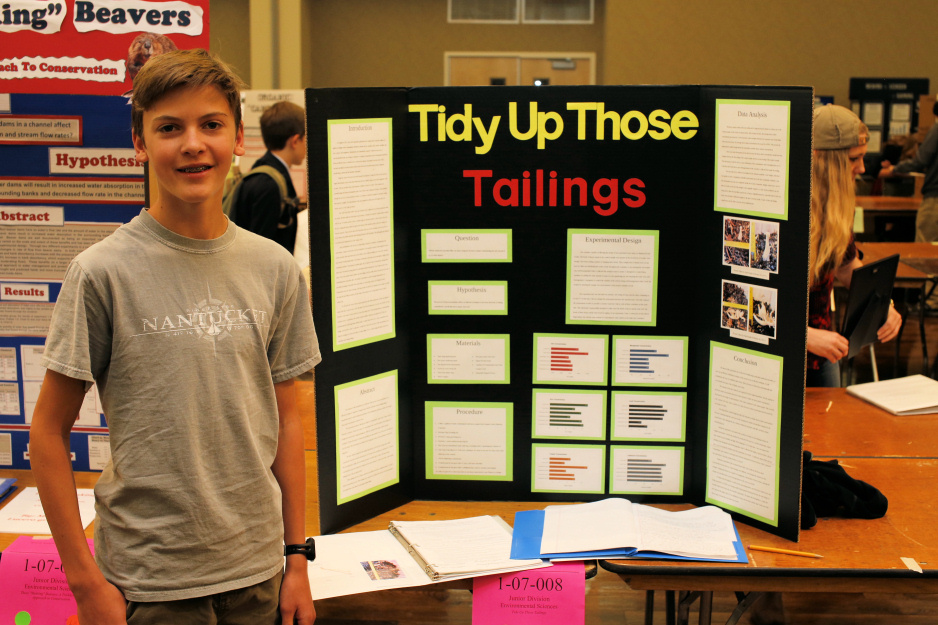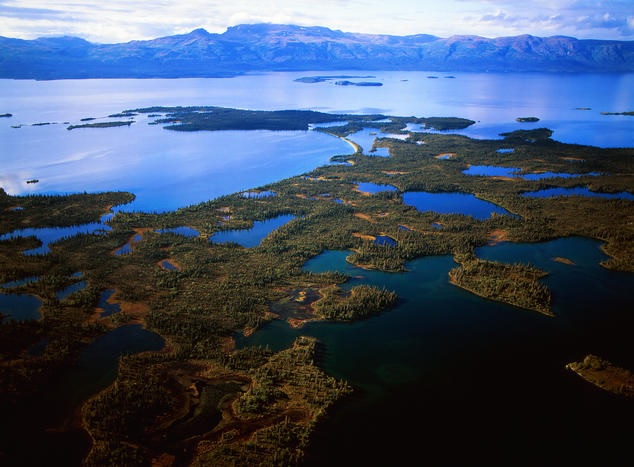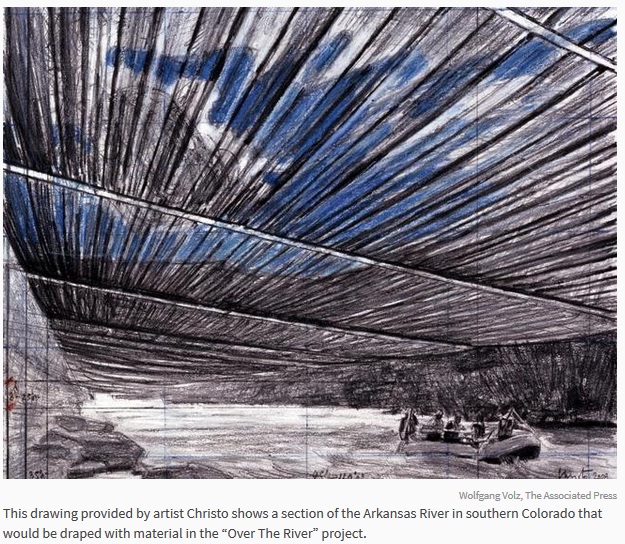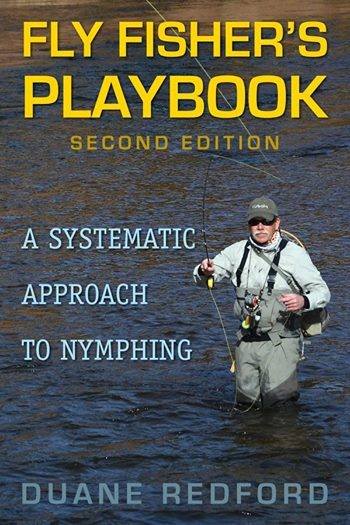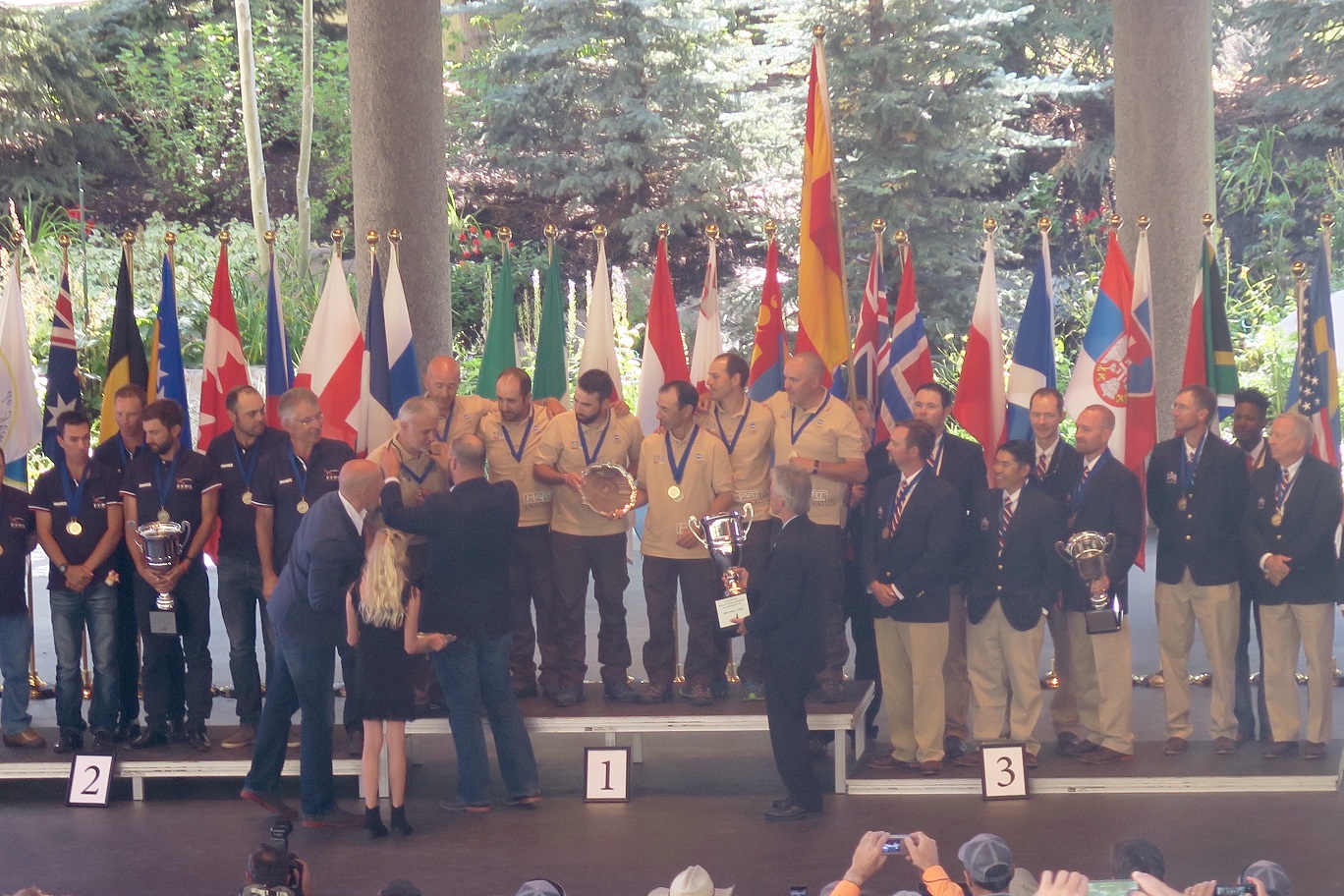The 62nd Colorado Science and Engineering Fair was held April 6 – 8, 2017 in the Lory Student Center at Colorado State University in Fort Collins. This year, Colorado Trout Unlimited and the Boulder Flycasters sponsored a Special Award for river conservation emphasizing the conservation, protection and restoration of North America’s coldwater fisheries, ecosystems and watersheds.
This year’s winners of the Trout Unlimited River Conservation Award were:
First place award of $200 was Scott Prieve, 8th grade, North Middle School, Colorado Springs. The title of his project was To Rip or To Rap: How Does the Design of Erosion Control on a Creek Bend Affect Bank Deterioration? This project determined how the design of erosion control methods affected bank deterioration on a creek bend.
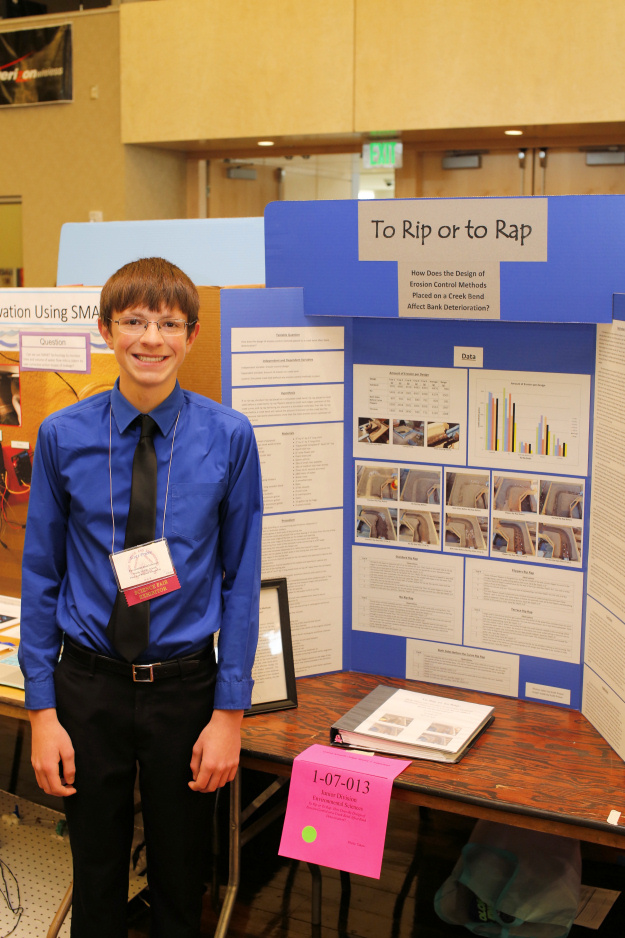
Second place award of $125 was Manuel Lucero, 6th grade, from Centauri Middle School, La Jara, Colorado. The title of his project was Those “Banking” Beavers: A Trickle-Down Approach to Conservation. The purpose of this project was to determine the effect beaver dams have on water’s flow rate and the amount of water in the adjacent banks.
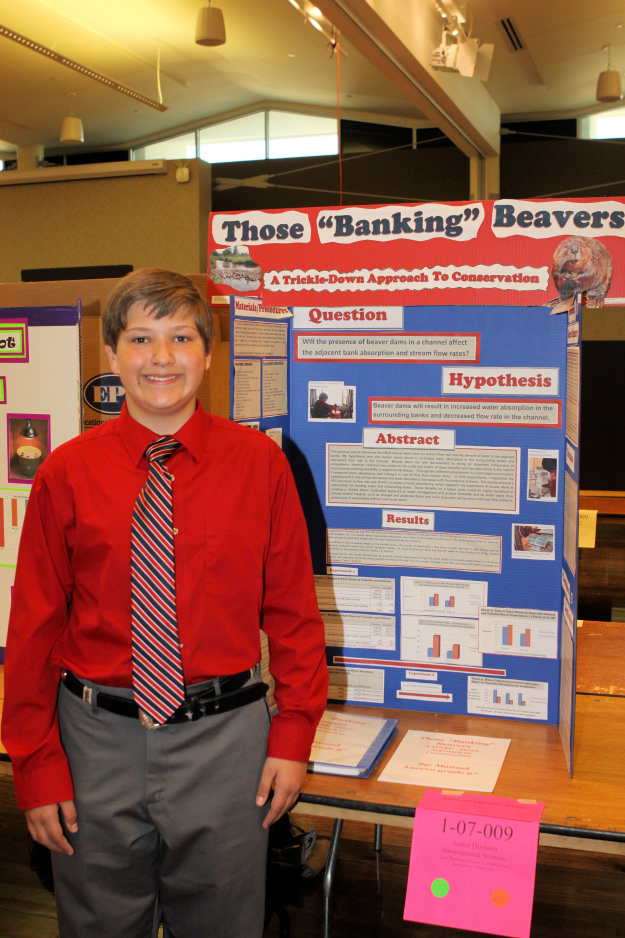
Third place award of $75 was Paul Knight, 8th grade, from Miller Middle School, Durango, Colorado. The title of his project was Tidy Up Those Tailings. The purpose of this experiment was to discover if the process of mycoremediation is an effective technique to sequester or degrade heavy metals commonly found in mining tailings.
